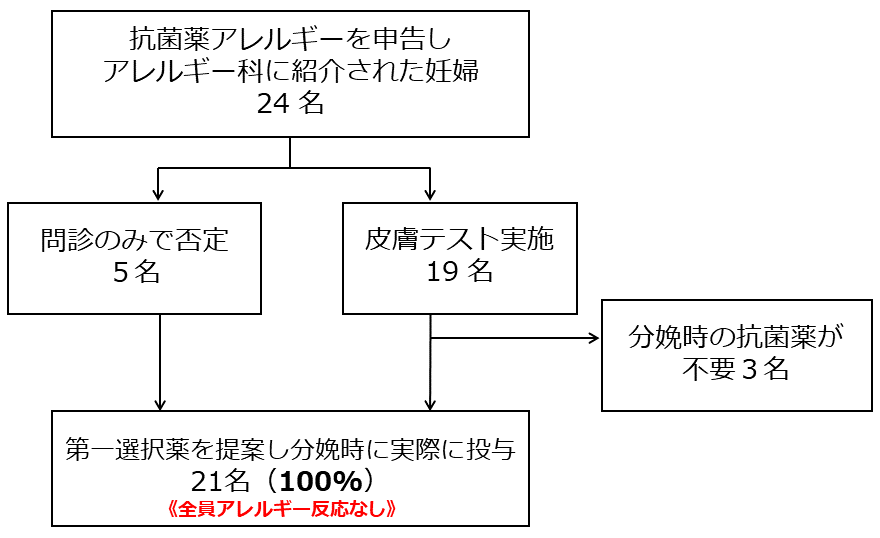2024-01-11 アイルランド・リムリック大学(UL)
◆貧血は高い入院率や死亡率、低い生活の質と関連しており、その患者の12%が貧血で、女性13.2%、男性10.5%が影響を受けています。特に高齢者や腎臓病、糖尿病患者で貧血の割合が高いことが指摘され、治療可能な原因のスクリーニングが不足していることが強調されました。研究者はこれにより、貧血の原因をスクリーニングし特定する重要性を強調し、治療によって改善可能な状態が存在すると指摘しました。
<関連情報>
- https://www.ul.ie/news/new-ul-study-reveals-high-prevalence-of-anaemia-with-low-rates-of-screening
- https://bjgpopen.org/content/early/2023/12/08/BJGPO.2023.0126
アイルランドの医療制度における貧血、鉄、ビタミン欠乏症の有病率 Prevalence of anaemia, iron, and vitamin deficiencies in the Irish health system
Conor Cian Clancy, Leonard D Browne, Robert Gilligan, Ophelia Blake and Austin G Stack
BJGP Open Published:13 December 2023
DOI: https://doi.org/10.3399/BJGPO.2023.0126
Abstract
Background Anaemia is a common but treatable condition that predicts adverse clinical outcomes.
Aim Estimate the prevalence of anaemia and extent of screening for common underlying causes in the Irish healthcare system.
Design & setting We conducted a retrospective cohort study of 112,181 adult patients, age ≥18 years who had a full blood count performed in 2013 using data from the National Kidney Disease Surveillance System.
Method The prevalence of anaemia was determined across demographic and clinical subgroups according to World Health Organisation definitions. The proportion screened for iron, vitamin B12 and folate deficiency was determined within a 3-month follow-up period and the corresponding prevalence for each deficiency determined.
Results The overall prevalence of anaemia was 12.0% (95%CI 11.8–12.2) and was higher in women than men (13.2% vs 10.5%, P<0.001). Anaemia increased with advancing age (40.1% for those >80 years) and worsening kidney function (8.2%, 10.9%, 33.2% and 63.8% for each eGFR categories >90, 60–89, 30–59 and <30 mL/min/1.73 m² respectively, P<0.001). After 3-months follow-up, the proportion screened for iron deficiency was 11.2% based on transferrin saturation and 33.7% using serum ferritin. Screening for folate and B12 deficiency was 17.6% and 19.8% respectively. Among screened patients, the prevalence of iron deficiency, B12 and folate deficiency was 37%, 6.3%, and 5.8% respectively.
Conclusion The burden of anaemia in the healthcare system is substantial especially for elderly patients and those with advanced kidney disease. Low screening rates for iron, B12 and folate deficiency are common and warrant quality improvement initiatives.



